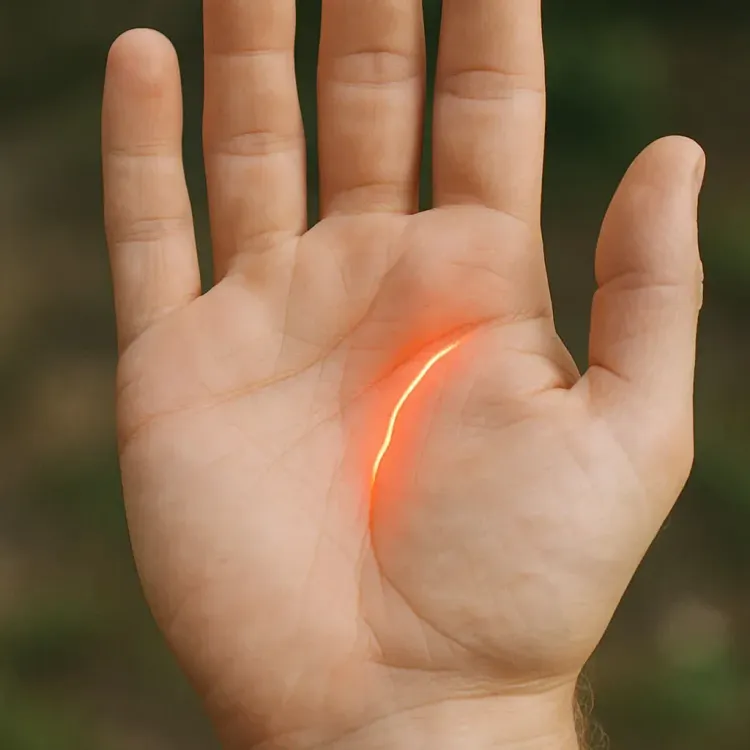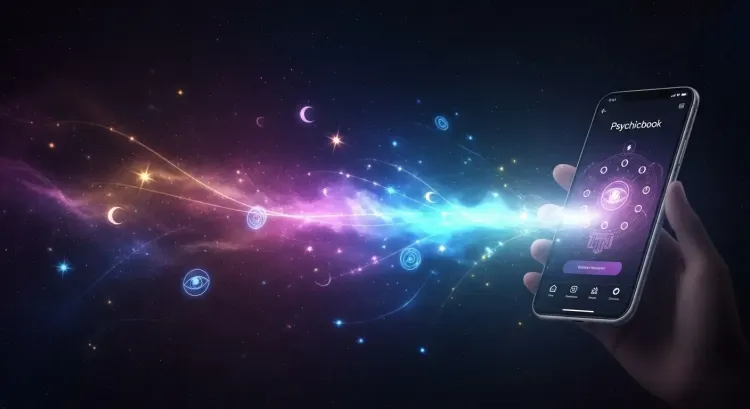Fate Line Palmistry: What the Destiny Line Says About Your Path in Life

The fate line is the main line on the palm used to assess a person's life's destiny. It indicates career, stability, and the influence of others on your opinions. Its length, shape, and origin can reveal how much control a person has over their life, their future prospects, how they cope with ups and downs, and the age at which important events occur. This line changes faster than others, making it easy to spot changes that have already begun or are just beginning. If you want to get a lot more terms, as well as find out what awaits you in the future, we recommend going to the section psychic readings online
What does the length of the fate line say
The longer the line, the longer a person will strive for career growth. If it reaches the fingers themselves, the person will work until old age. It is good if it ends under the middle, index or ring finger - this indicates a successful career. Some have two fate lines - this is a sign of development in two directions.
Where does the fate line begin - and what does it mean
If the line starts at the base of the palm, closer to the little finger, success will come from home; if the line starts on the Mount of Venus, you will be able to build a successful career in your homeland; and if it starts on the Mount of the Moon, success will come from abroad.
Form and clarity of the line
-
A clear, deep line is a sign of a strong life path and goal.
-
Weak, intermittent - the path is unclear, frequent changes in direction are possible.
If the line of fate is poorly visible or questionable, you can look at the right hand - it shows what a person does himself, consciously.

Explore Love and Relationship
Get Love AdviceIf there is no fate line
A complete absence of a fate line is a rare sign, it means that a person does not feel a clear goal, it is difficult for him to decide in life. In this case, it is important to find support - there must be someone with a strong fate line nearby who can guide and help make decisions.
Why does the fate line split in two
If the fate line splits in two, it is considered a good sign, such a person seems to live two lives in one: he undergoes an internal transformation, after which he becomes more confident and stronger. For women, this often means that they successfully combine family and career. For men, a split line can indicate leadership in two areas at once.
What does it mean if the fate line crosses other lines
When the fate line crosses the life line, it is a sign of self-sacrifice, such a person often puts other people's interests above their own. If it crosses the heart line, you have an emotional and sensitive person who lives with his heart and perceives everything deeply.
FAQ
How to read the fate line on the palm?
The fate line runs from the wrist up to the middle finger and reflects career, achievements and the influence of external factors on life.
How to determine life expectancy by the palm?
If you draw lines down from the middle and ring fingers to the wrist and one of them intersects the life line, this can tell you how many years you will live. The line from the ring finger - to 115 years, from the middle finger - to 80.
On which hand to look at the life line?
You need to evaluate both hands. The left shows innate potential, the right - how it is realized. The line starts between the thumb and index finger and goes to the wrist.






